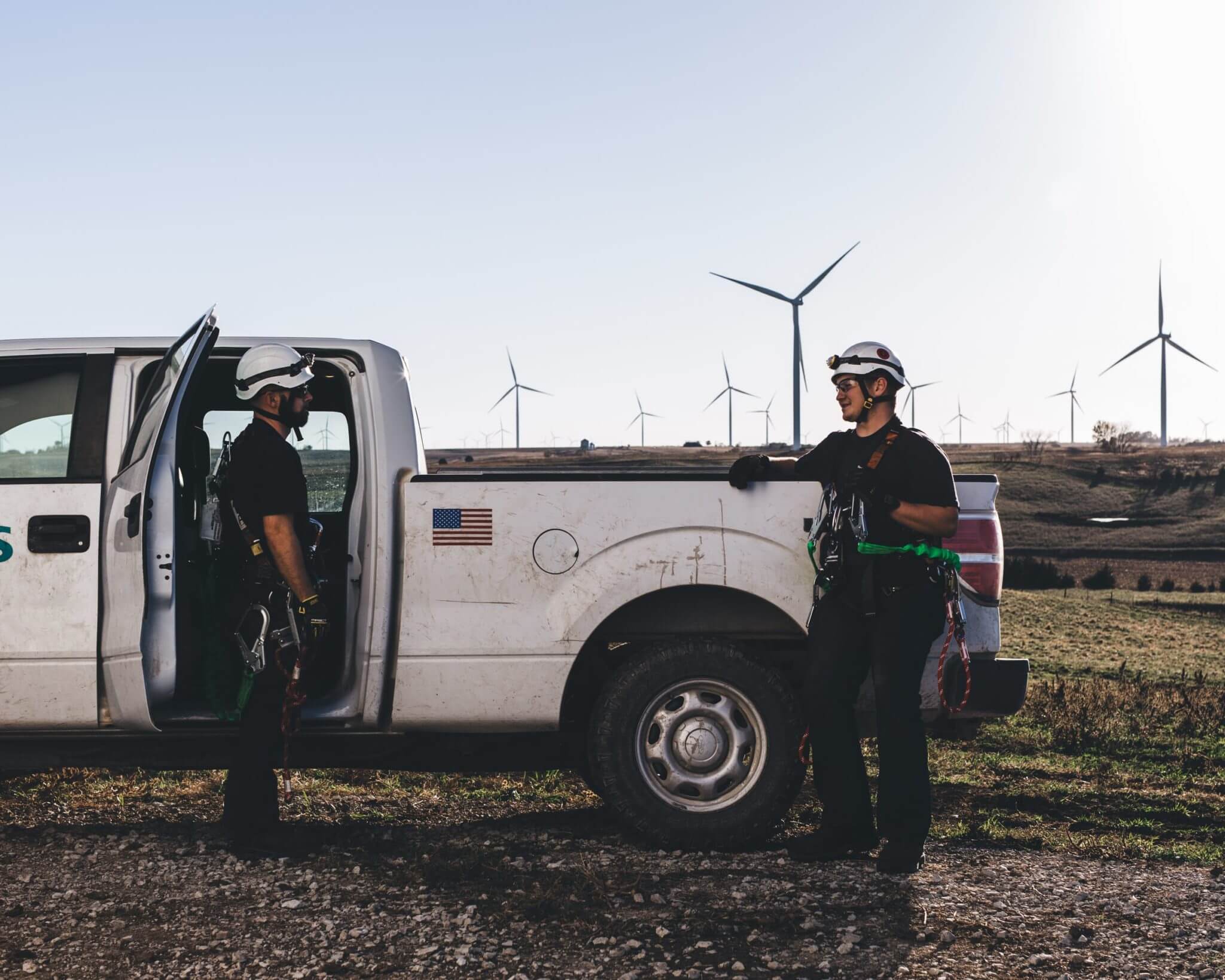U.S. wind power puts Americans back to work
This commentary originally appeared on The Huffington Post.
Turning the wind into dollars has become a welcome reprieve for many rural areas of the country slow to recover from the Great Recession.
Just ask Chris Johnson, who had to find a second career after his previous job in a newsprint factory in Colorado was outsourced. He started as a line worker in a Vestas wind turbine blade factory in Brighton. He’s now a managing supervisor.
The uneven recovery has hampered U.S. manufacturing and agriculture alike. Many factories remain closed, their jobs overseas. Many family farms and ranches continue to suffer from the intersection of extreme drought and damagingly low commodity prices.
As Jason Wilson, a fourth-generation farmer in Calhan, Colo., explained recently, “We had come to a point where it no longer made financial sense to keep the property even with its vast sentimental value.”
The Wilsons were considering subdividing their farm and selling it off. Then came NextEra Energy and a lease for 36 turbines, harnessing the wind that had always blown hard across the property. It remade their financial prospects.
“The wind farm allowed us to be able to keep our family farm,” Wilson said.
As well as providing farmers with a new drought-proof cash crop, wind power has become a bright spot in U.S. manufacturing.
New numbers from the industry show just how bright: wind jobs are up 20 percent in a year, and include over 21,000 factory jobs across 43 states.
For many Americans, these jobs are a second chance after they were laid off or forced to close small businesses.
Eric Reichert, a carpenter, had to close up shop a few years ago because business was too slow. He is now five years into his new career at another Vestas factory, also in Brighton, Colo., that makes wind turbine housings. “We’ve got employees from all over, many different skill sets,” he said. “We’ve got guys who used to work on airplanes, oil workers, all kinds of pretty hands-on guys. We’ve got lots of veterans as well.”
According to the Bureau of Labor Statistics, the fastest growing job title in America is wind turbine technician, expected to increase 108 percent in the next 10 years. This offers new chances for employment, especially in rural communities, whose young people so often feel they have to leave to find a rewarding livelihood.
Clyde Mustain, an Operations and Maintenance Manager at a wind farm in Peetz, Colo., used to struggle to support his family on a small-town police officer’s salary. Since he become a wind technician, he has more resources to provide a good life for his wife and children. A native of the area, he told us similar opportunities simply weren’t an option before the wind farm arrived.
As for landowners like the Wilsons, in 2015 they were paid a total of $222 million to host turbines; that figure will only grow as capacity is projected to quadruple by 2030. It’s a stable source of income when the rain doesn’t fall or the fields don’t produce.
These lease payments tend to go where they’re needed the most; 70 percent of wind farms are in counties with incomes lower than the national median. Such payments can often be the difference between passing a farm on to the children, or having to sell off the land, as it was for the Wilson family.
The opportunities are growing because wind energy has become a big part of America’s electricity mix.
Costs have fallen 66 percent in six years, which helped make wind the country’s largest source of new electricity generation in 2015 – ahead of solar and natural gas. Last year, the U.S. created more electricity from wind than any other country in the world, enough to power 19 million American homes.
Hitting the goal of quadrupling by 2030, to 20 percent of the power grid, could create 380,000 jobs and $650 million in annual lease payments. That would make the progress we’ve achieved just a preview.




